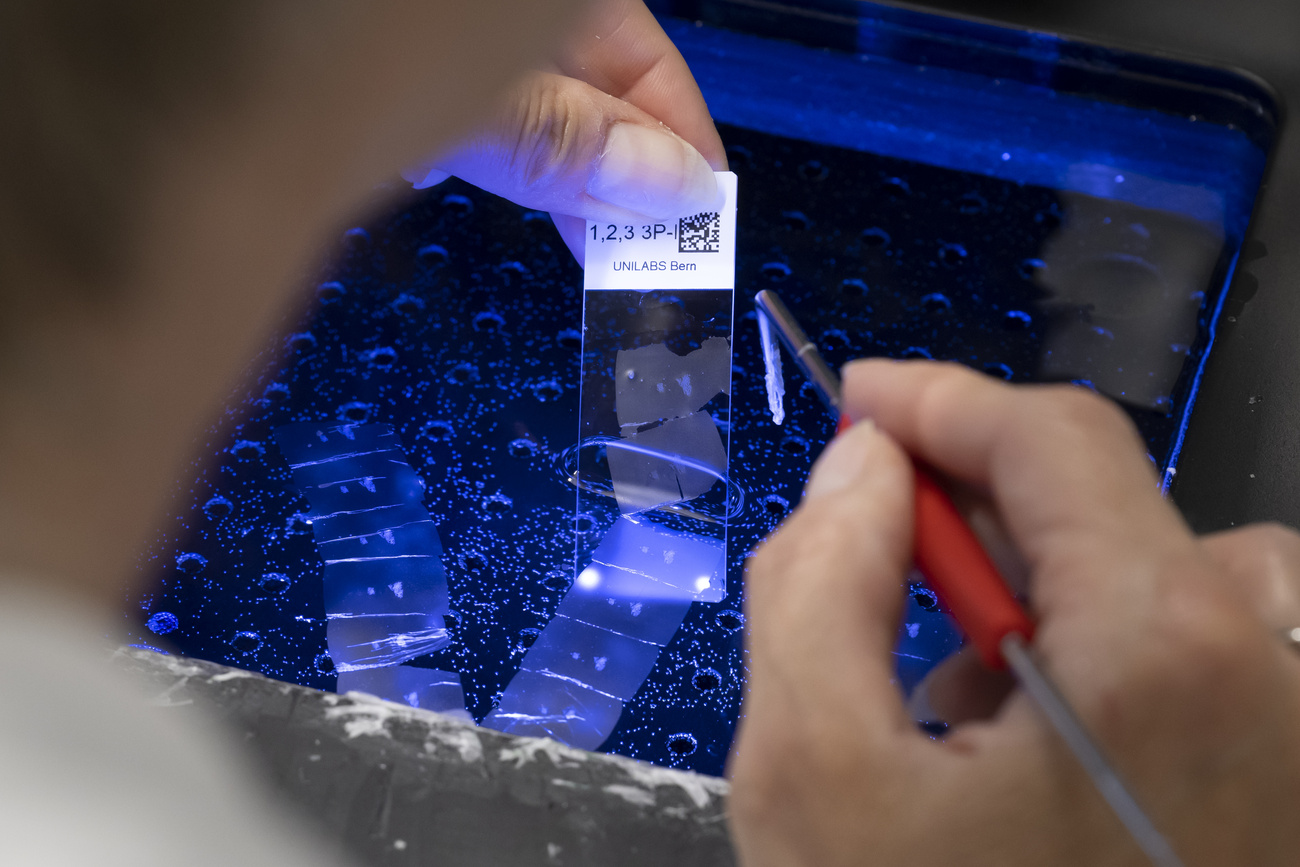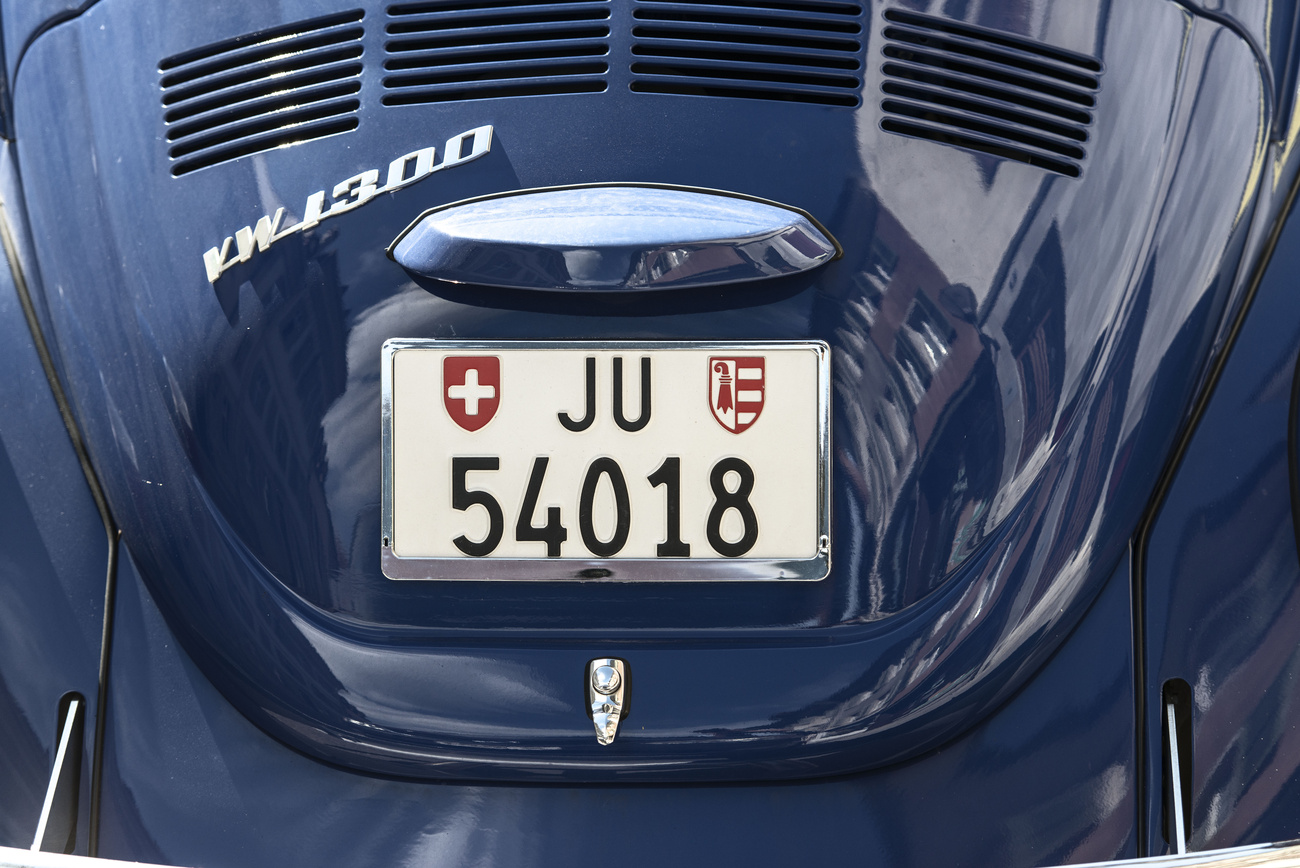
Study reports confusion about ‘journalistically-packaged advertising’

Over a third of readers of online articles are unable to distinguish between actual journalism and advertising which is made to look like journalism, a Swiss study has found.
“Depending on the platform in question and how the article was labelled, up to 60% of participants didn’t notice that the article was sponsored,” said Guido Keel from the Zurich University of Applied Sciences (ZHAW) in a press release on Wednesday.
Keel and his team ran an online experiment – co-financed by the Federal Office of Communications – involving 1,800 people from German-speaking and French-speaking Switzerland. The goal was to find out how well people could spot such “paid posts”, used more and more for marketing purposes. Recognising such content is important for maintaining the transparency and independence of journalism, ZHAW said.
Researchers found that participants were mostly likely to recognise an article as sponsored if it was marked as such at the end; the form in which the article was written – i.e. whether or not it talked about its subject in a “disproportionately excessive or positive” way – was also something that readers picked up on. However, those who recognised the paid content did not report perceiving it as any less informative or credible than non-sponsored pieces.
As for the wording, half of participants said they didn’t know what the term “native content” meant (here is an overviewExternal link), while 20% weren’t able to properly grasp the terms “paid post”, “sponsored”, or “advertising”.

In compliance with the JTI standards
More: SWI swissinfo.ch certified by the Journalism Trust Initiative






























You can find an overview of ongoing debates with our journalists here . Please join us!
If you want to start a conversation about a topic raised in this article or want to report factual errors, email us at english@swissinfo.ch.